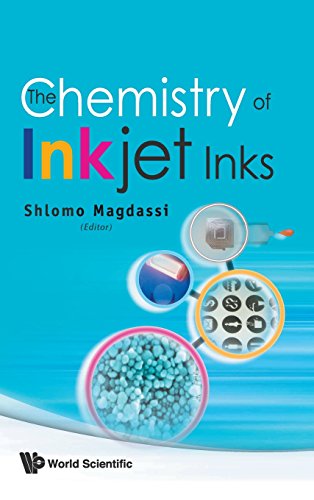The Chemistry of Inkjet Inks book
Par mcneil gloria le dimanche, décembre 20 2015, 23:46 - Lien permanent
The Chemistry of Inkjet Inks. Magdassi S.

The.Chemistry.of.Inkjet.Inks.pdf
ISBN: 9812818219,9789812818218 | 339 pages | 9 Mb

The Chemistry of Inkjet Inks Magdassi S.
Publisher: WS
At drupa, Agfa introduces UV-cure inkjet inks suitable for some food packaging applications, but development is needed. State-of the-art inks and other materials are opening up new applications for inkjet as a manufacturing tool. Instead of depositing chemical compounds on a substrate with a more expensive vapor phase deposition – wasting most of the material in the process – inkjet technology could be used to create precise patterning with very low waste. Technology that allows skin cells to be 'printed' and used as grafts for burn victims has been developed by scientists who were inspired by the ink-jet printer, according to a presentation in Washington. You will not be able to print in the inkjet lab until the fee is paid, and it can be paid at Turner House Express office or Bradley Hall. What the chemistry fee covers: The $80.00 fee covers all inkjet ink use and all wet processes. The inks have good physical and chemical stability for industrial single pass ink jet printing. �Some of the materials we In the new findings, researchers were able to create an ink that could print chalcopyrite onto substrates with an inkjet approach, with a power conversion efficiency of about 5 percent. With so many forms of digital inkjet printing, why are so many products still being screen printed and why are so many new products choosing screen print? On Print | Low Migration UV-Cure Inkjet Inks. Yes, I realize that it's a genetic issue with our six-legged buddies, but with screen printing, especially industrial screen printing, the chemistry of the inks and substrates we use are the genetics of the breed. Chimigraf has a set of pigmented ceramic inks with high color intensity and chromatic reproduction. The chemical company Merck in Darmstadt, Germany will license ink-jet ink technology from electronics manufacturer Seiko Epson in Tokyo for the manufacture of organic light-emitting diode (OLED) television displays.